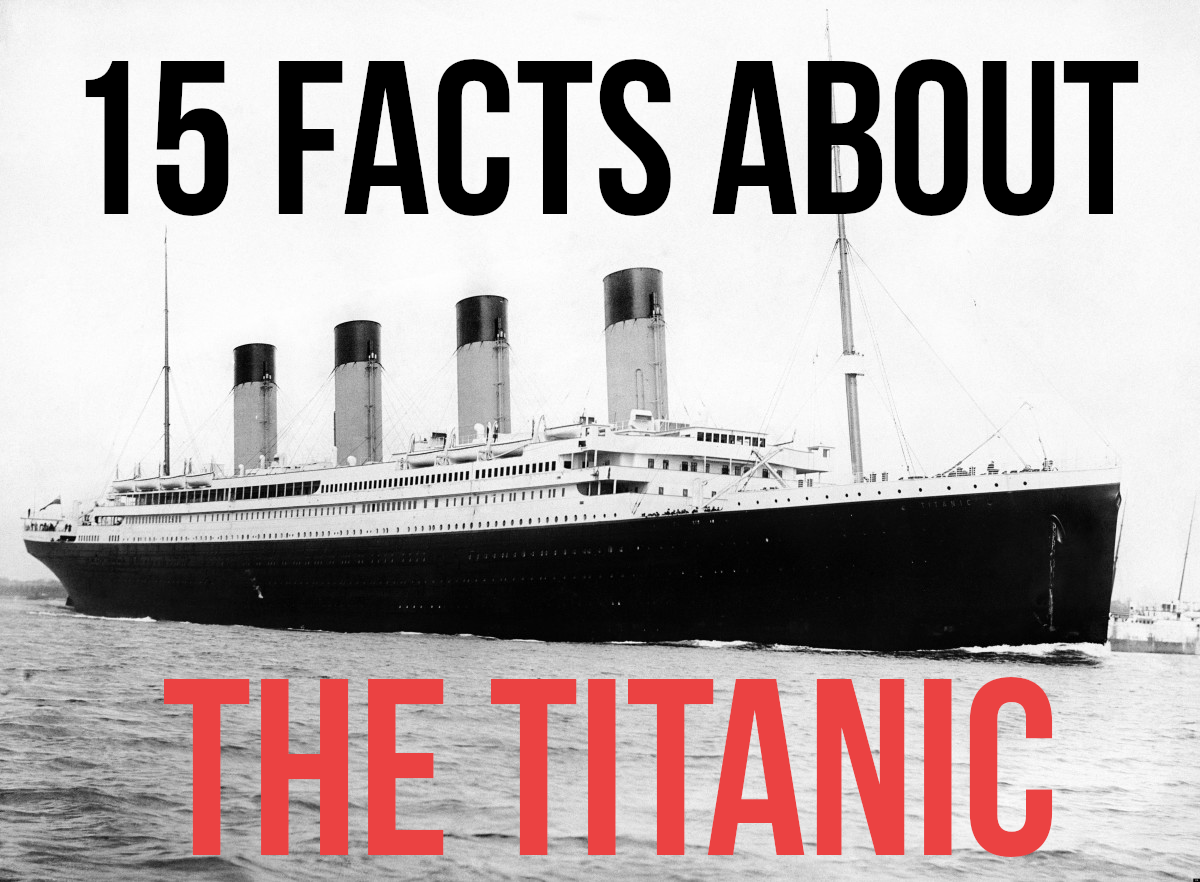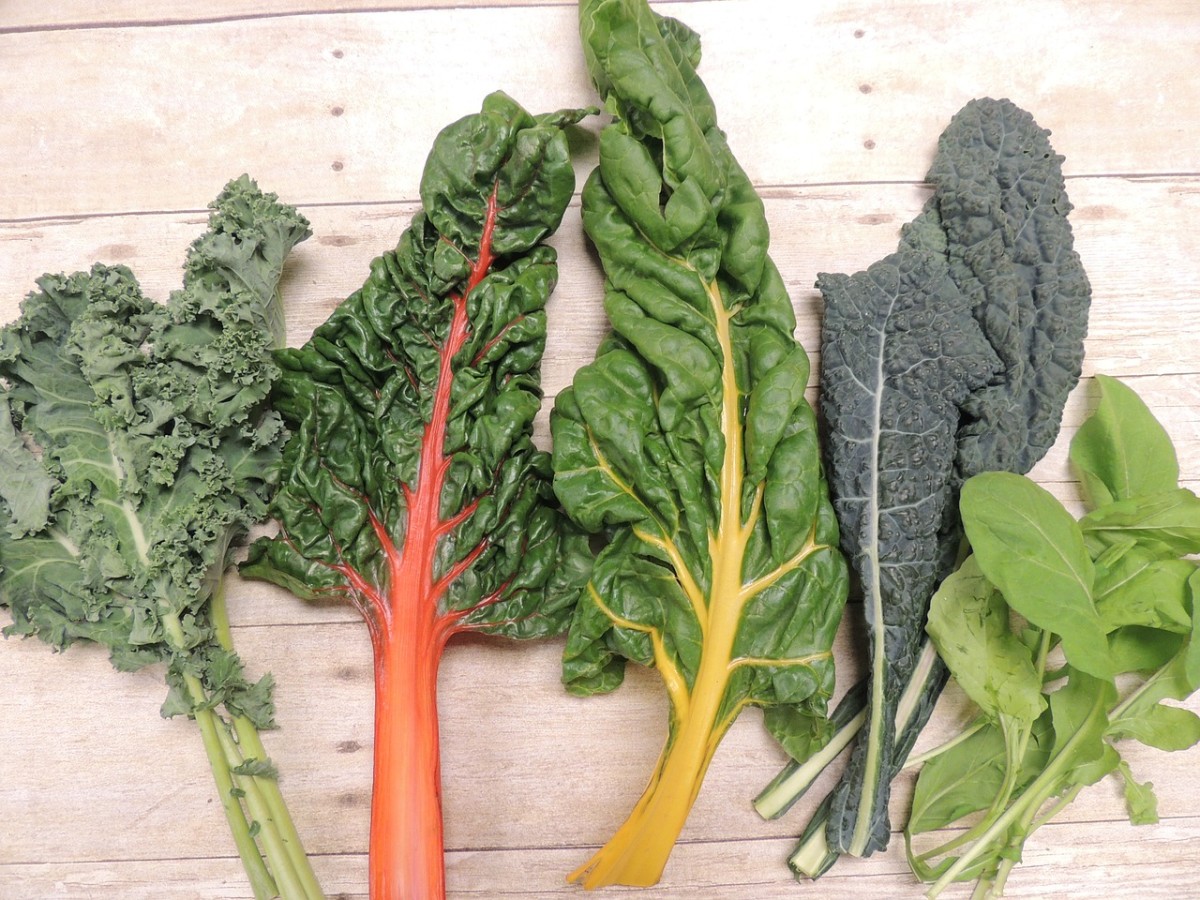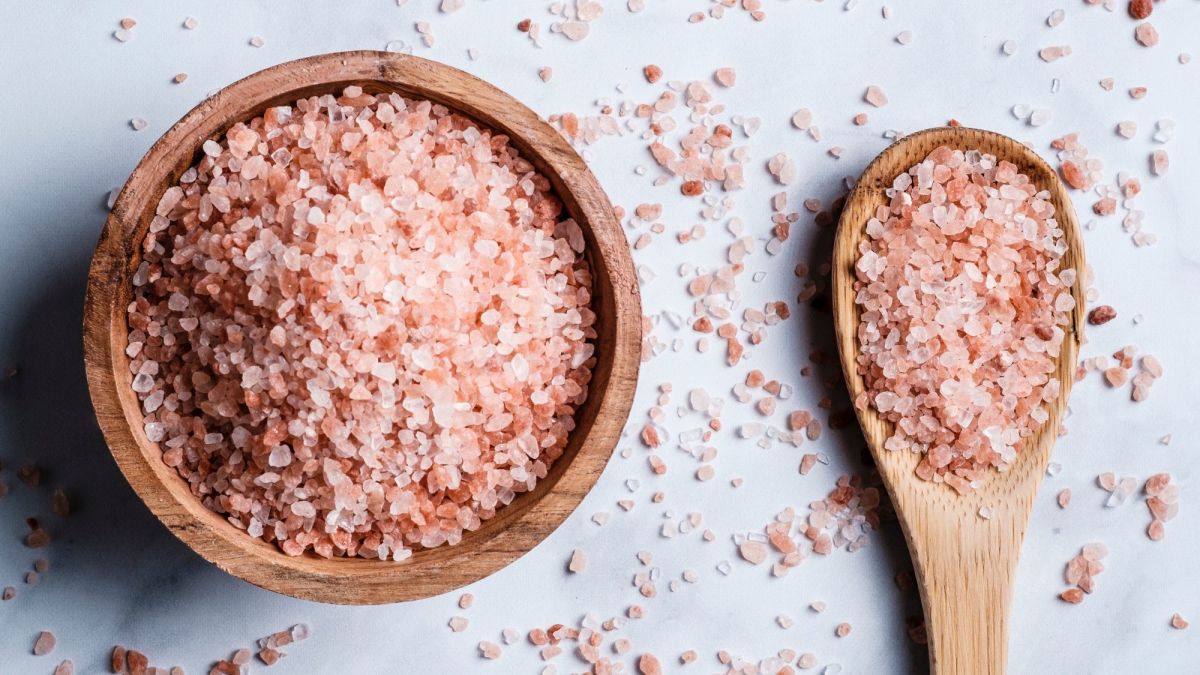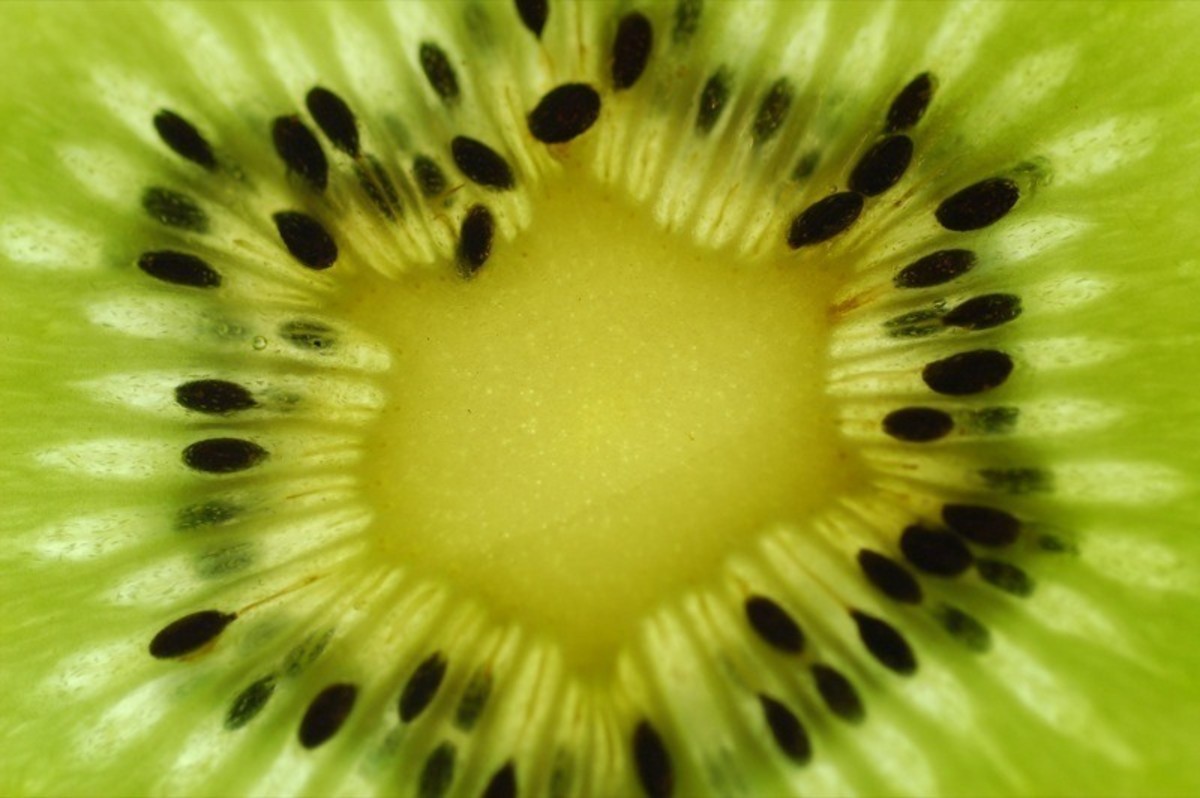Salt - Interesting Facts About The White Gold
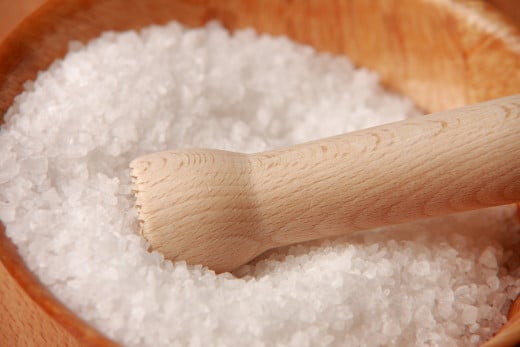
Salt - Interesting facts about the white gold
Sodium chloride, the scientific name for table salt, has come under fire in recent years. Even if too much salt endangers health, the body cannot function without sodium. However, a proper balance is essential to take advantage of its positive effects and avoid the health risks associated with excessive consumption. A sodium deficiency can lead to a severe state of health known as hyponatremia.
The relationship between sodium and salt
Aren't they the same things? Even if sodium is a component of salt, it is not one and the same thing. However, when it comes to health and nutrition, it is important to pay attention to both salt and sodium. Although you need sodium in your diet, you don't have to add salt to your food to eat it. Many foods naturally contain sodium, an essential element for fluid regulation and nerve transmission. Sodium, one of the ingredients of table salt, helps control the balance between fluid in the cells and fluid outside the cells in your body.
How much salt should we consume?
How much salt should we consume per day? Adults should not consume more than 6 g salt per day (2.4 g sodium). That's about a teaspoon. The maximum amount of salt children should consume depends on their age.
A rough guideline is provided in the following overview:
- 1 to 3 years - 2g salt per day
- 4 to 6 years - 3g salt per day
- 7 to 10 years - 5g salt per day
- 11 years and more - 6g salt per day
Babies should not consume much salt as their kidneys are not fully developed for processing.
The Risks of High Salt Consumption
Excessive sodium consumption can lead to increased blood pressure, which in turn leads to heart disease and strokes. It is important to reduce sodium intake to the recommended levels to maintain heart health. Many of the ingredients we use today are processed in some way. Many processed foods in the store are easy to identify. Frozen foods, snacks such as chips and biscuits and most drinks have been processed. Basic foods such as sugar, flour, chicken broth, canned vegetables or frozen vegetables have also been processed in some way. Products such as frozen vegetables are often still low in sodium.
The different types of salt
Not all salts are equal. The best known include table salt, pink Himalayan salt, kosher salt, sea salt and Celtic salt. Salt is a crystalline mineral consisting of two elements, sodium and chlorine.
Sea salt has experienced a great boom in gastronomy and in the corridors of supermarkets. Some chefs prefer it to table salt because of its coarse, crunchy texture and stronger taste. What is the sodium content in sea salt compared to table salt? In a survey conducted by the American Heart Association, 61 percent of those questioned wrongly agreed that sea salt is a sodium-reduced alternative to table salt. Table salt and most sea salts each contain about 40 percent sodium.
What can salt be useful for?
Salt is used in combination with water, especially in antibacterial treatment and to combat pain. An oral saline solution or saltwater mouthwash is used to clean and relieve pain associated with cancerous ulcers, after oral surgery and general mouth pain. Why salt water can be better than mouthwash? Conventional mouthwash, many of which contain alcohol, can irritate swollen mucous membranes in the mouth. This is an important reason why dentists recommend the use of saline solution.
Additives in salt
Flow aids are food additives used to preserve powder or granulated materials such as milk powder, powdered sugar, tea and coffee powder, table salt, etc. These additives prevent the formation of lumps, making these products easy to handle for packaging, transport and use by the final consumer. The trickle agent is a food additive that prevents the formation of lumps in certain solids and enables a free-flowing state. Trickling agents consist, for example, of starch, magnesium carbonate and silicic acid.
Why is salt often mixed with fluoride?
The most effective form of caries prevention is the use of fluoride. In nature, fluoride occurs in our environment, but we absorb it in small amounts. Exposure can occur through food intake, respiration and fluoride supplements. The most important factor for the presence of fluoride in the diet is fluoridated water and salt. Both water and salt fluoridation are considered to be extremely inexpensive in the prevention of dental caries.




